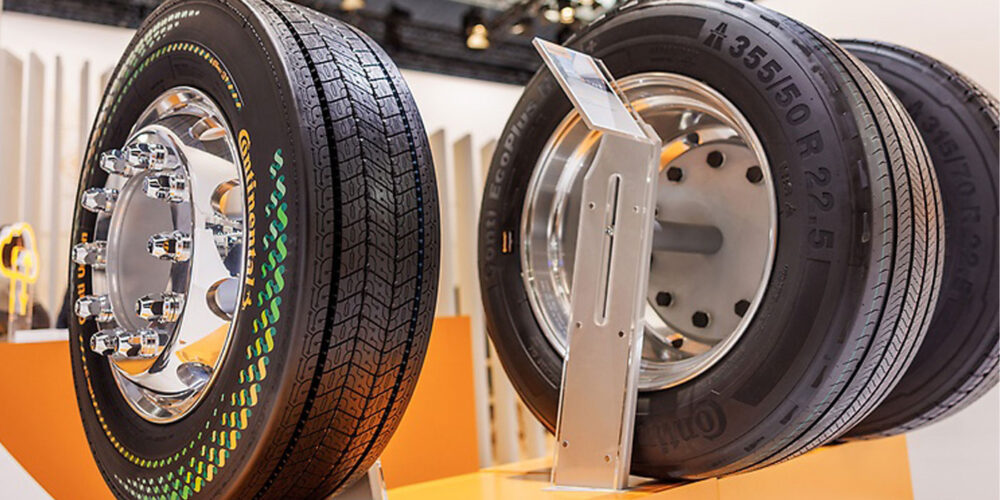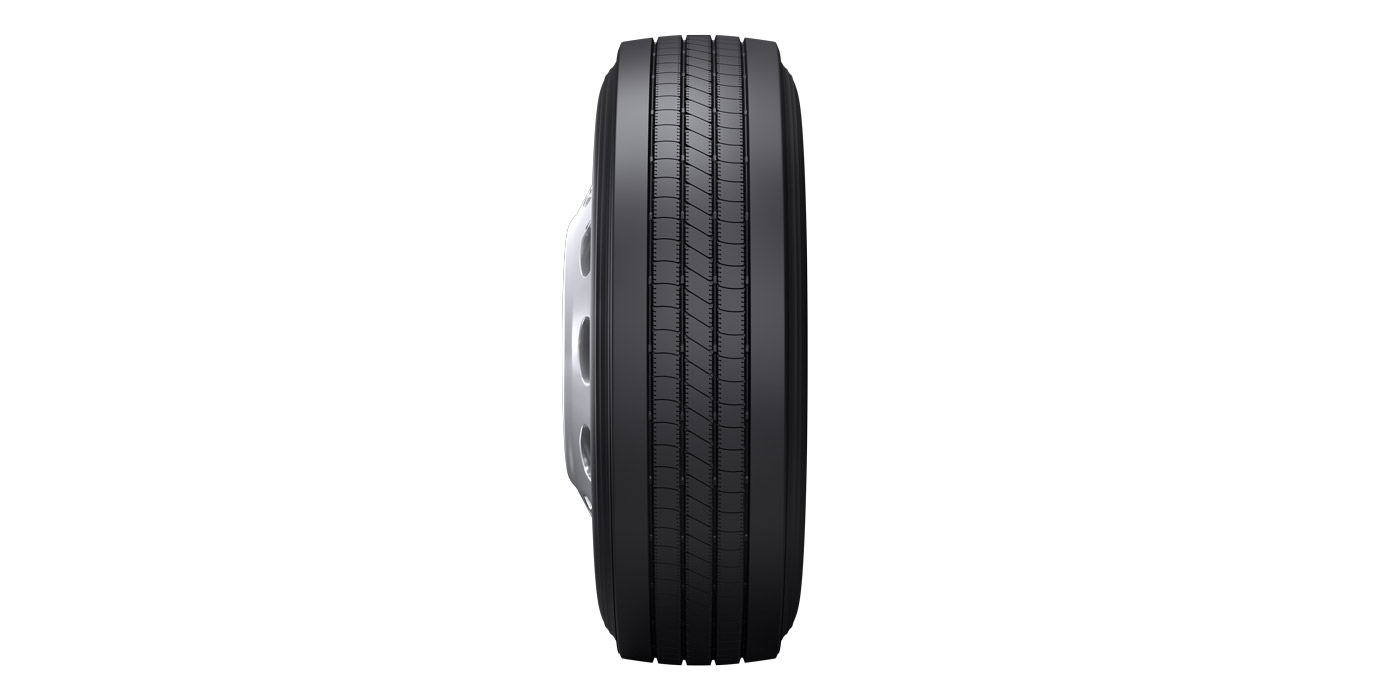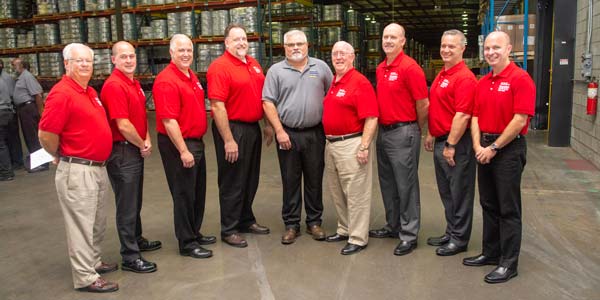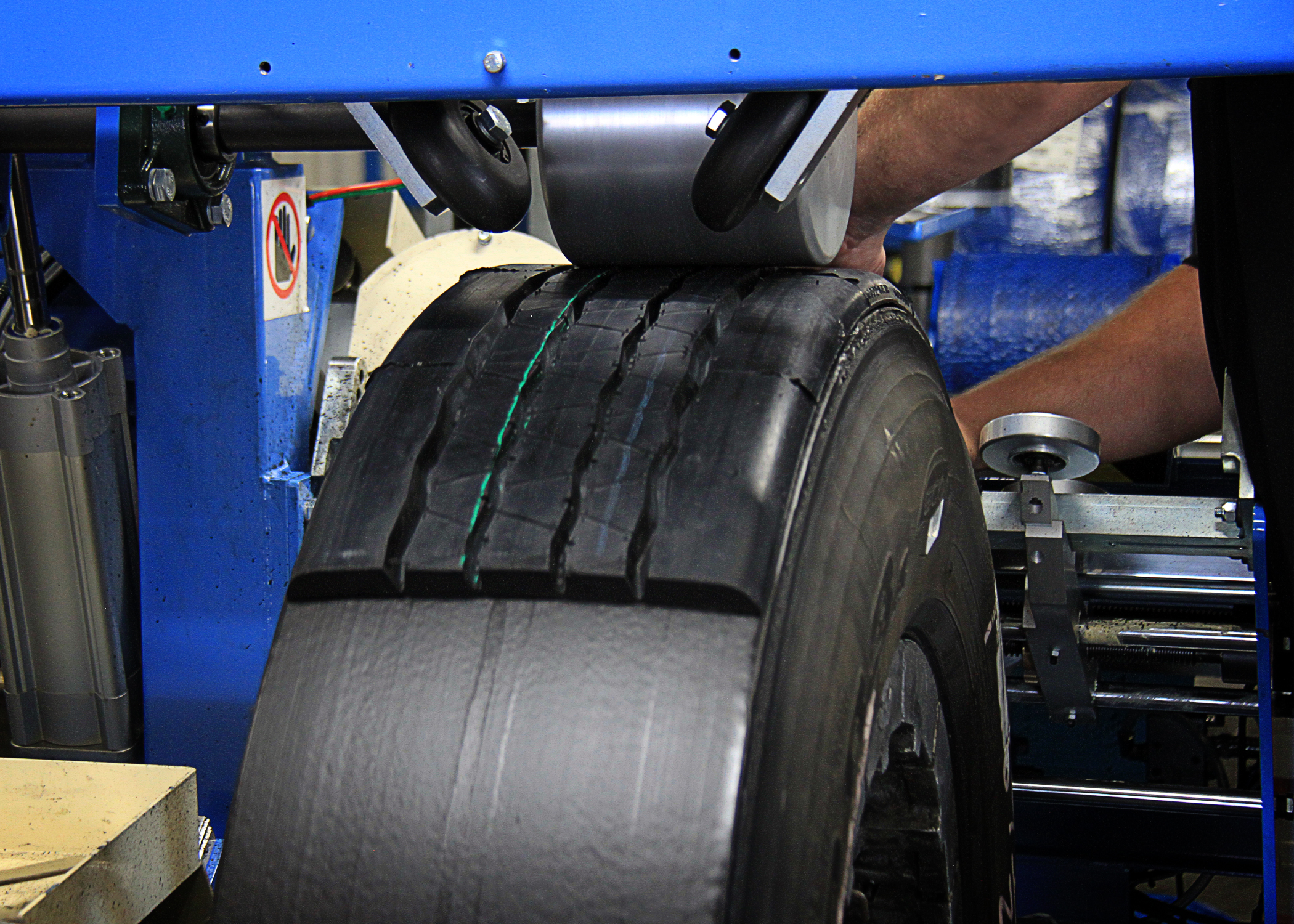While you’re reading these words, an Airbus A380 airplane is landing at Atlanta’s Hartsfield-Jackson Airport, the busiest air hub in the world. Fully loaded, it weighs about 1.2 million pounds and is carrying 550 passengers and crew. Now, a Boeing 747 cargo plane is taking off from Chicago’s O’Hare airport, bound for London with a load of critical medical supplies and next-generation semiconductors that will power the latest artificial intelligence technology.
In the next 60 seconds, thousands of school buses, fire trucks and ambulances across the country will pick up young children from school, careen bravely toward danger, and transport our friends, neighbors, and even family to the hospital.
What is the commonality among all of these examples? They’re all carrying the most precious types of cargo, and quite literally saving lives on the safety and security of retreaded tires.
That sounds a little grandiose, but it’s also absolutely true. Every single day, we put the full faith and trust of our great nation into the hands of people who keep us moving forward and in nearly every possible tire application, you’ll find a trusty retread tire.
Triple Bottom Line
Leo Burnett was perhaps the greatest advertising executive of all time. His firm was behind some of the most widely recognized brands and companies of the 20th century like the Marlboro Man and Allstate’s ‘You’re in Good Hands’ campaign. He famously said, “The greatest thing to be achieved in advertising is believability, and nothing is more believable than the product itself.” And when it comes to the retread industry, there’s a triple bottom line of benefits: Economics, environment and safety.
For nearly every single major trucking fleet across the country, there’s one thing they know to be true: A rock-solid tire maintenance program paired with an industry-leading retread program sends more profits to their bottom line – and that’s not an opinion.
“Up to 90% of large fleets in the U.S. and Canada use retreads and approximately 44% of all commercial tires in operation are retreads,” says Jason Roanhouse, vice president of North American Bandag operations for Bridgestone Americas.
That’s a sentiment echoed by another industry icon as well. For this, we head North on Interstate 65 from Bridgestone’s Nashville HQ to the original tire capital of the world in Akron, Ohio.
“Industry data shows that upwards of 85% of large fleets with 100 or more trucks use retread tires in their operations,” says Goodyear’s Johnny McIntosh, senior director of commercial services. This underscores just how integral retreads are to the growth of large fleets. With all of this data and thousands of actual success stories all pointing towards the same thing, a rational person might assume that retreads are universally accepted.
But of course, they’d be wrong.
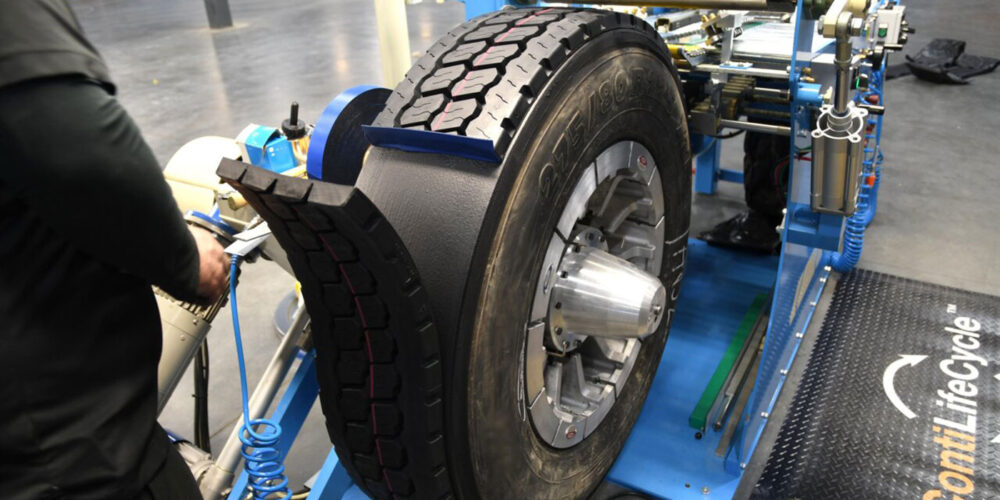
Suspicious Minds
In addition to my writing for this fine industry publication, I happen to work for one of the leading tire distribution companies in North America. Early in our history, we even operated a retread facility in our home state of Ohio. Today, we distribute tires and other products from more than 30 distribution centers throughout the U.S. and own and operate nearly 400 of our own delivery trucks. However, you won’t find many retreads in our fleet, which underscores just how misunderstood the retread industry really is. Plus, given the sheer size and growth of the Tier 3 and 4 truck tire market, we’re certainly not alone.
A pretty smart guy once said, “If you want to be successful, find someone who has achieved the results you want and copy what they do, and you’ll achieve the same results.” So what is it specifically that these multi-billion dollar trucking fleets like UPS, FedEx, JB Hunt and XPO know that smaller and medium-sized fleets simply don’t or might be missing? Just as importantly, why did Penske retread nearly 500,000 casings with Bandag retreaders in 2022? What do these fleets already know that others might be missing?
Best One Tire is the seventh-largest retreader in the United States with 17 manufacturing plants currently in operation.
“Since 1957, Bandag has continued to innovate and offer what I believe is still the best system and solution in the retreading industry, one that allows us to manufacture the best products that help our fleet customers to reduce their costs through a solutions-driven approach,” says Phil Avery, vice president, development and processes at Best-One Tire and Services. Avery, who counts 38 years of tire industry experience, including 33 with Bandag, knows a thing or two about the retread industry.
But that still doesn’t explain why smaller and medium-sized fleets don’t universally agree on the value of a retread program. Best-One Tire’s vice president of operations, Mike Peterson has 26 years of industry experience under his belt, including two decades with Bandag. He explains, “If a fleet has poor maintenance practices, running retreads might not be best for them.” This points to the critical importance of pre- and post-trip driver inspection practices.
The Common Sense Approach
If we know that nearly all of the most critical tire applications and nearly all of the largest trucking fleets in the country are retread disciples, what is it specifically they know that others might be missing?
“Retreads use 15 fewer gallons of oil during the manufacturing process and use 96% less natural rubber, which makes retreads more sustainable,” says Bandag’s Roanhouse.
In fact, according to Bandag, manufacturing a single retread emits 24% less CO2, requires fewer natural resources and uses less land and water than an equivalent new tire. In 2022, Bandag produced nearly 7 million retreads, and to date, has kept nearly 300 million tires out of the waste stream, while saving 4 billion gallons of oil. United States: 1; OPEC: 0. And that’s not to mention the thousands of jobs created by the retreading industry in the U.S. as well as our Canadian neighbors to the North.
At this point, we understand clearly that the retread industry offers tangible environmental benefits, and we know that a solid retread program paired with a consistent tire maintenance program is a recipe for improved fleet profitability. But what if I’m still not sold on the value or economics offered by a retreading program?
Let’s apply a little common sense, and for this, we’ll compare two fictional small trucking fleets. Both fleets operate 20 power units and 30 trailers, they operate identical equipment and typically haul regionally. Fleet A runs premium steer tires, which are then retreaded with Goodyear’s spliceless UniCircle retreads and run in the drive position. Because the fleet starts with a premium-grade casing, it can then often be retreaded a second time and run in the trailer position. Fleet A recognizes that those casings are, in fact, an asset and not simply an expense. Fleet A institutes a solid tire maintenance program and drivers are expected and incentivized to complete both pre- and post-trip inspections.
Meanwhile, across town, the fleet director for Fleet B is calculating last month’s total spend on emergency road service calls and determines that she simply cannot trust her drivers to reliably complete their inspections. As a result, she institutes a new policy that all premium steer tires will be pulled from service with 3/32nds of remaining tread and casings will be sold to their commercial tire supplier. That credit will then be used towards the purchase of new Tier 4 drive and trailer tires.
That Tier 4 closed shoulder drive tire looks the same as a Tier 1 tire. It even smells the same (well, sort of) and comes with an equivalent 30/32” tread depth. But would you like to take a stab at which fleet will have a lower total per-mile operating cost at the end of the year? According to Bandag’s Roanhouse, a premium tire and retread combination provides 500% longer wear than low-cost new tires used just once.
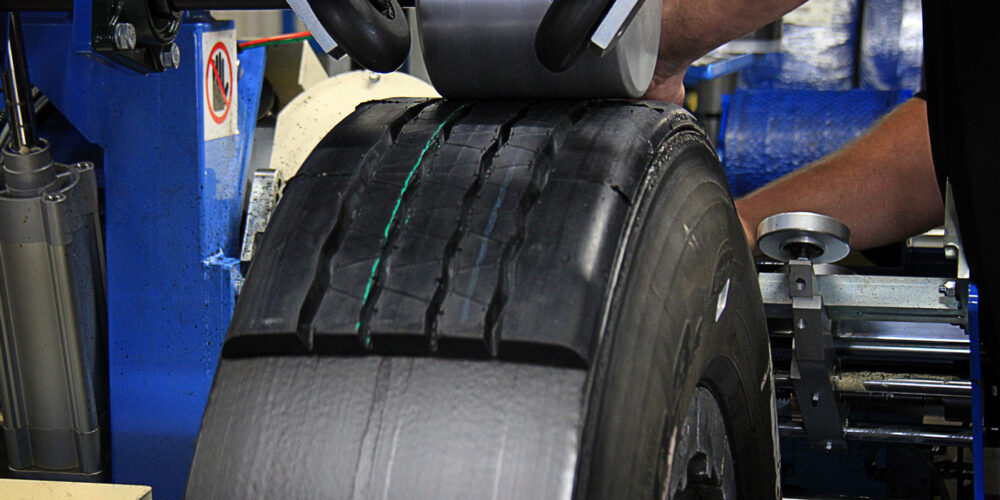
Retread, White, and Blue
Here’s the bottom line: When a fleet manager chooses to pair a solid tire maintenance program with a tried-and-true retread program, she chooses a triple bottom line of economics, environmental and safety benefits. When you consider that the 7 million retreads produced by Bandag last year alone required 105 million fewer gallons of oil to manufacture, that puts more money into the hands of America’s fleet operators and drivers at the expense of OPEC cartel members like Saudi Arabia and Iran.
Last year, U.S. truck tire imports from Thailand increased by 49% and imports from Vietnam were up by 69% vs. the prior year. Clearly, the import truck tire market isn’t going anywhere anytime soon. However, retreaders across the country continue on their million-mile march to create more retreading disciples and believers – a trend that was accelerated during the recent season of lean new tire availability.
As you read this, an American Airlines regional jet is taking off from Akron Canton Airport in Ohio, bound for Nashville. An ambulance just arrived at the scene of a vehicle accident in Dallas, and a four-alarm fire was just extinguished in Topeka. That Boeing jet takes off towards the heavens as it tucks its Goodyear retreads away for the flight, while the ambulance and fire truck arrive safely on the scene with their Bandag and Michelin retreads in tow.
In the wise words of that famous ad man himself, “What helps people, helps business.”
Jeff Wallick is K&M Tire’s director of training.

